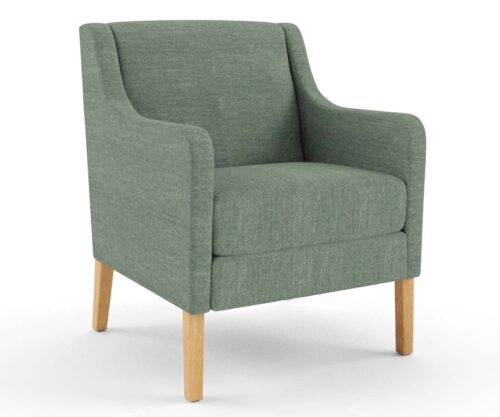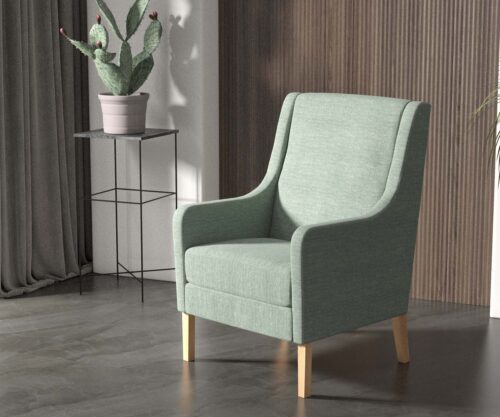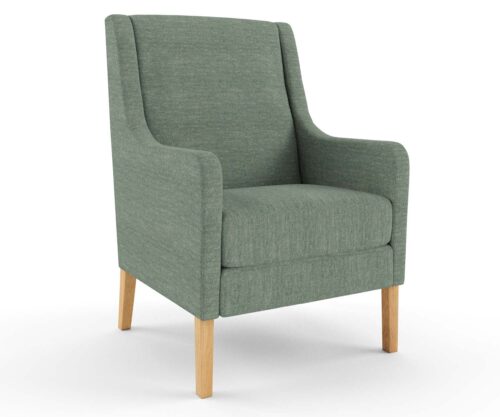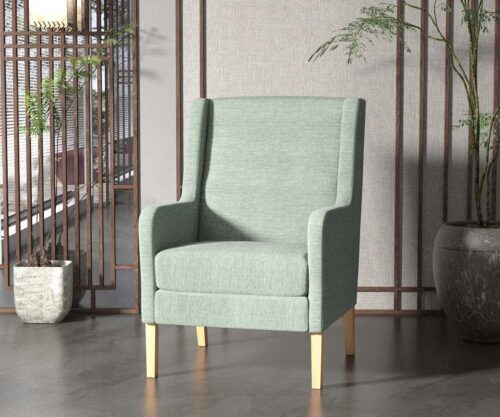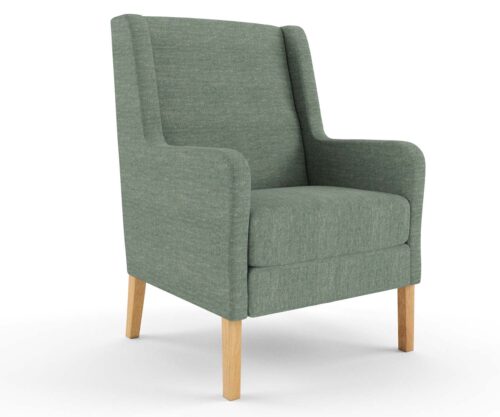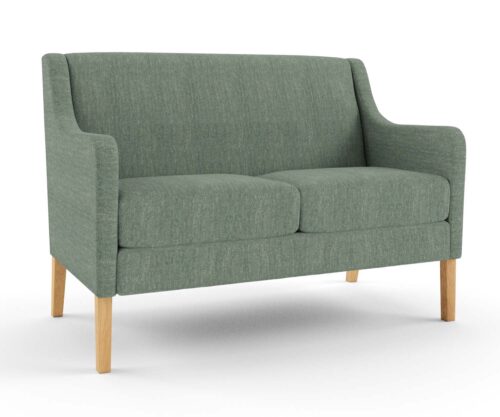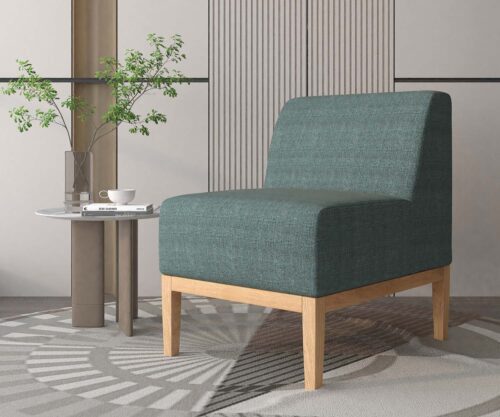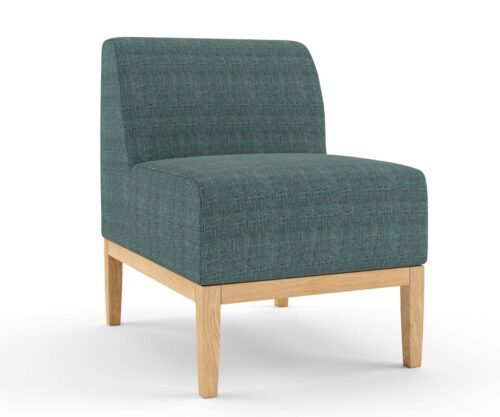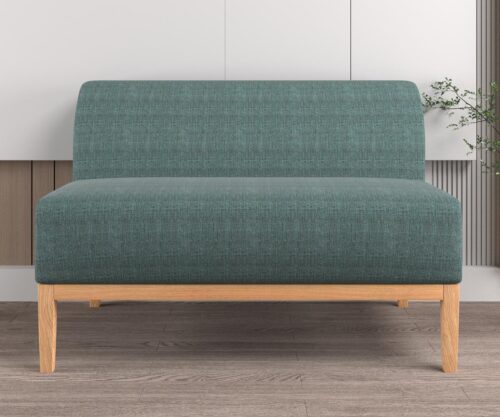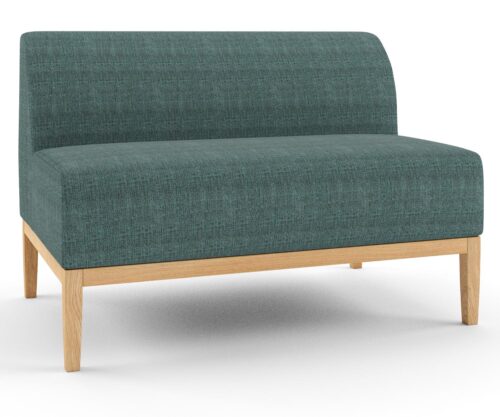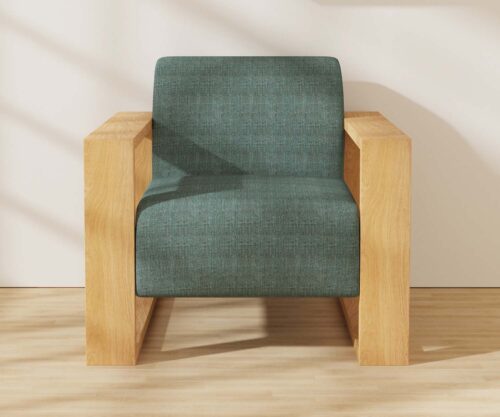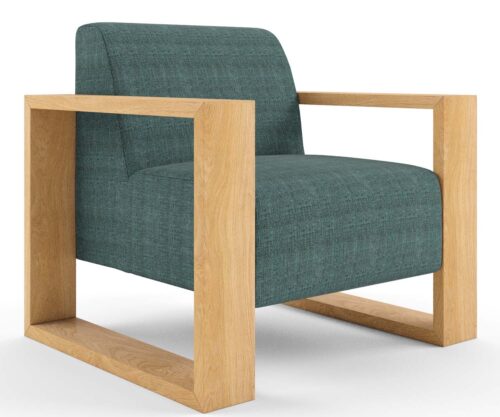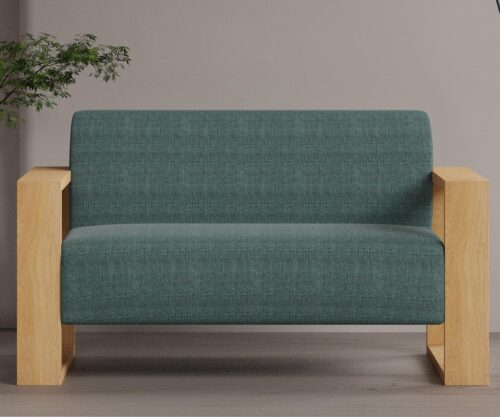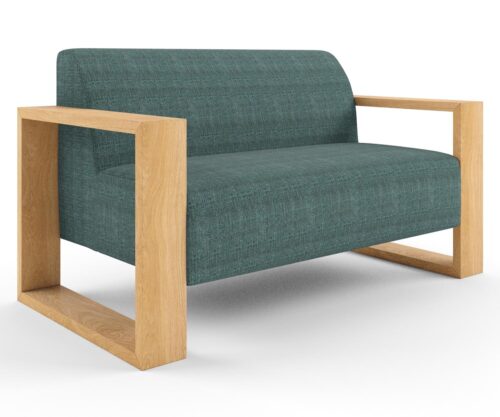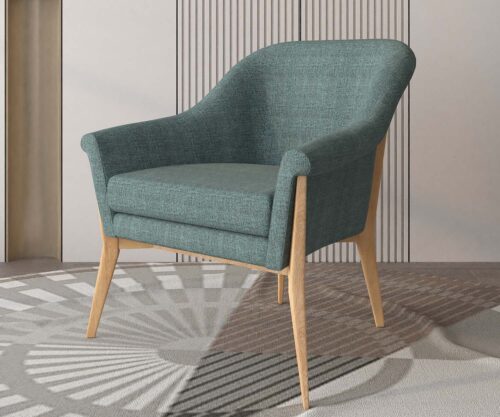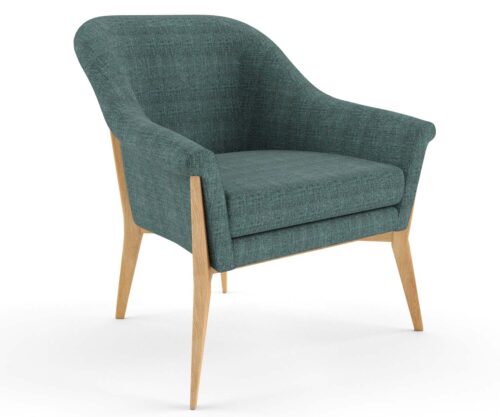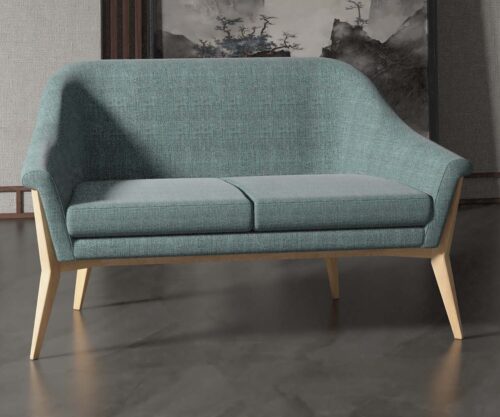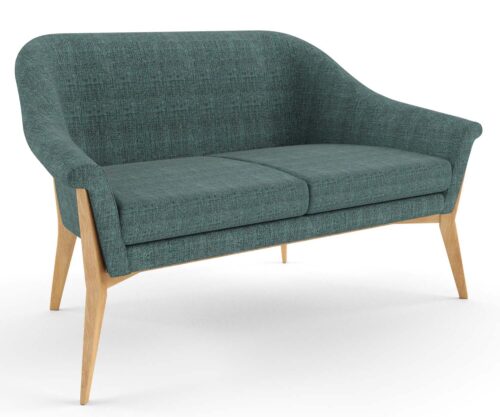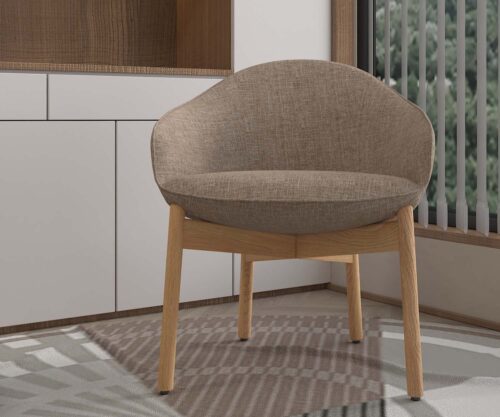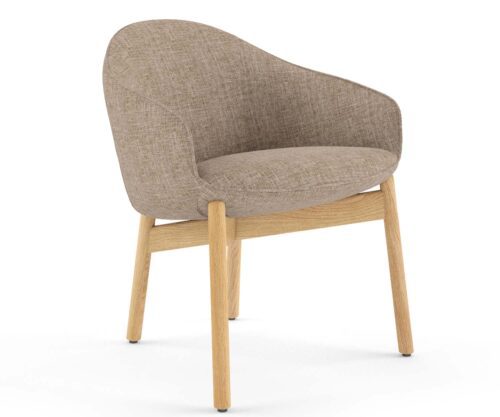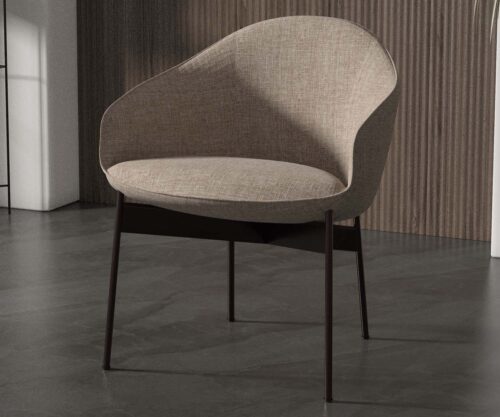7 Strategies to Maximize Your Hotel Furniture Procurement Budget

In the competitive world of Australian hospitality, hotel furniture procurement managers are constantly navigating the challenge of finding top-notch furniture within budget limits. Balancing quality and style while stretching every dollar is key. So, let’s dive into seven savvy strategies straight from the playbook of Australian furniture manufacturers. These tips will empower you to make the most of your hotel furniture procurement budget with confidence.
1. Partner with Local Furniture Manufacturers
By collaborating with local furniture manufacturers, you not only support the Australian economy but also reduce transportation costs and lead times. Local manufacturers often offer competitive pricing without sacrificing quality, providing you with cost-effective solutions tailored to your hotel’s needs.
Here’s how to get started:
- Research and identify reputable local furniture manufacturers with a track record of delivering quality products.
- Schedule site visits to assess manufacturing facilities and view sample furniture pieces firsthand.
- Request quotes from multiple local manufacturers to compare pricing and services.
- Inquire about customization options and lead times to ensure they align with your project timeline and budget.
- Build a long-term partnership with selected manufacturers based on mutual trust, communication, and collaboration.
2. Explore Furniture Customization Options
Opting for customizable furniture allows you to tailor pieces to fit your hotel’s unique layout and design requirements. Work closely with manufacturers to discuss customization options such as size, materials, and finishes, ensuring that every piece aligns with your budget and aesthetic vision.
In exploring customization options, consider the following:
- Determine your hotel’s specific design requirements and desired furniture specifications.
- Consult with manufacturers to discuss customization options, including materials, dimensions, colours, and finishes.
- Request product samples or prototypes to evaluate the quality and suitability of customized furniture pieces.
- Consider standardizing certain customization features to streamline the manufacturing process and reduce costs.
- Establish clear communication channels with manufacturers to address any concerns or changes during the customization process.
3. Consider Long-Term Furniture Durability
Investing in durable furniture may require a higher upfront cost, but it can save you money in the long run by minimizing maintenance and replacement expenses. Choose furniture constructed from high-quality materials and built to withstand the rigors of daily use in a hotel environment, ensuring longevity and cost-effectiveness.
Factors to consider to ensure long-term durability:
- Prioritize furniture materials known for their durability and resistance to wear and tear, such as solid wood, metal, or high-grade upholstery fabrics.
- Seek warranties or guarantees from manufacturers to ensure quality assurance and peace of mind.
- Conduct thorough product testing and quality inspections to assess the durability and performance of furniture samples.
- Evaluate lifecycle costs, including maintenance and repair expenses, when comparing furniture options.
- Invest in protective measures, such as furniture coatings or treatments, to extend the lifespan of selected pieces and minimize maintenance requirements.
4. Focus on Multi-Functional Pieces
Maximize space and functionality by selecting multi-functional furniture pieces that serve multiple purposes. For example, consider sofa beds or storage ottomans that provide additional sleeping accommodations or storage solutions, eliminating the need for extra furniture and optimizing your budget.
Multi-functional checklist:
- Identify areas within your hotel where space optimization is essential, such as guest rooms or common areas.
- Research multi-functional furniture designs that serve dual purposes, such as storage beds, convertible sofas, or modular seating arrangements.
- Assess the versatility and practicality of selected multi-functional pieces to ensure they meet your hotel’s specific needs and aesthetic preferences.
- Consider the scalability of multi-functional furniture solutions to accommodate future changes or expansions within your hotel.
- Collaborate with manufacturers to customize multi-functional pieces according to your space requirements and design specifications.
5. Prioritize Furniture Essentials
Identify the essential furniture pieces that are crucial for guest comfort and satisfaction, such as beds, seating, and workstations. Allocate a significant portion of your budget to these core items, ensuring that they meet high-quality standards and enhance the overall guest experience.
Consider the following:
- Conduct a thorough inventory of existing furniture assets to identify essential pieces that require replacement or upgrading.
- Consult with hotel staff and management to determine priority areas for furniture procurement, such as guest rooms, lobby areas, or dining spaces.
- Allocate a significant portion of your furniture budget to essential items that directly impact guest comfort and satisfaction, such as mattresses, seating, and workstations.
- Prioritize quality and functionality when selecting essential furniture pieces, ensuring they meet the needs and expectations of your target guests.
- Monitor guest feedback and performance metrics to assess the effectiveness of newly procured essential furniture items and identify areas for improvement.
6. Negotiate Bulk Furniture Discounts
When purchasing furniture in large quantities, leverage your buying power to negotiate bulk discounts with manufacturers. Be transparent about your budget constraints and explore potential cost-saving opportunities, such as volume discounts or package deals, to maximize your procurement budget effectively.
How to get started:
- Consolidate your furniture procurement needs and create a comprehensive list of required items to leverage bulk purchasing opportunities.
- Request quotes from multiple manufacturers and negotiate pricing based on the volume of furniture units ordered.
- Explore additional incentives or value-added services offered by manufacturers, such as free delivery or installation, as part of bulk purchasing agreements.
- Compare pricing and terms from different manufacturers to ensure you’re getting the best possible deal without sacrificing quality.
- Establish mutually beneficial partnerships with manufacturers based on long-term commitments and repeat business opportunities.
7. Plan Ahead and Budget Wisely
Take a proactive approach to hotel furniture procurement by planning ahead and budgeting wisely. Conduct thorough research, gather quotes from multiple manufacturers, and create a detailed budget that accounts for all furniture-related expenses, including delivery and installation costs. By having a clear understanding of your budgetary constraints and priorities, you can make informed decisions and optimize your procurement process efficiently.
What to consider:
- Conduct thorough research and analysis to determine your hotel’s furniture procurement needs, budgetary constraints, and timeline requirements.
- Create a detailed budget that accounts for all furniture-related expenses, including product costs, shipping fees, taxes, and installation charges.
- Prioritize spending based on the importance and urgency of furniture procurement projects, allocating resources accordingly.
- Monitor and track budget expenditures regularly to ensure adherence to financial targets and identify potential cost-saving opportunities.
- Maintain open communication channels with stakeholders, including hotel management, finance departments, and procurement teams, to align expectations and address any budgetary concerns or challenges proactively.
In conclusion, maximizing your hotel furniture procurement budget requires strategic planning, collaboration with reputable manufacturers, and a focus on quality and durability. By implementing these seven strategies from furniture manufacturers, you can effectively optimize your budget without compromising on the quality, style, or functionality of your hotel furniture. Partnering with Australian manufacturers ensures that you receive personalized solutions tailored to your hotel’s specific needs, ultimately enhancing the guest experience while staying within your budgetary constraints.
Australian Made Custom Hotel Furniture
More News
7 Strategies to Maximize Your Hotel Furniture Procurement Budget

In the competitive world of Australian hospitality, hotel furniture procurement managers are constantly navigating the challenge of finding top-notch furniture within budget limits. Balancing quality and style while stretching every dollar is key. So, let’s dive into seven savvy strategies straight from the playbook of Australian furniture manufacturers. These tips will empower you to make the most of your hotel furniture procurement budget with confidence.
1. Partner with Local Furniture Manufacturers
By collaborating with local furniture manufacturers, you not only support the Australian economy but also reduce transportation costs and lead times. Local manufacturers often offer competitive pricing without sacrificing quality, providing you with cost-effective solutions tailored to your hotel’s needs.
Here’s how to get started:
- Research and identify reputable local furniture manufacturers with a track record of delivering quality products.
- Schedule site visits to assess manufacturing facilities and view sample furniture pieces firsthand.
- Request quotes from multiple local manufacturers to compare pricing and services.
- Inquire about customization options and lead times to ensure they align with your project timeline and budget.
- Build a long-term partnership with selected manufacturers based on mutual trust, communication, and collaboration.
2. Explore Furniture Customization Options
Opting for customizable furniture allows you to tailor pieces to fit your hotel’s unique layout and design requirements. Work closely with manufacturers to discuss customization options such as size, materials, and finishes, ensuring that every piece aligns with your budget and aesthetic vision.
In exploring customization options, consider the following:
- Determine your hotel’s specific design requirements and desired furniture specifications.
- Consult with manufacturers to discuss customization options, including materials, dimensions, colours, and finishes.
- Request product samples or prototypes to evaluate the quality and suitability of customized furniture pieces.
- Consider standardizing certain customization features to streamline the manufacturing process and reduce costs.
- Establish clear communication channels with manufacturers to address any concerns or changes during the customization process.
3. Consider Long-Term Furniture Durability
Investing in durable furniture may require a higher upfront cost, but it can save you money in the long run by minimizing maintenance and replacement expenses. Choose furniture constructed from high-quality materials and built to withstand the rigors of daily use in a hotel environment, ensuring longevity and cost-effectiveness.
Factors to consider to ensure long-term durability:
- Prioritize furniture materials known for their durability and resistance to wear and tear, such as solid wood, metal, or high-grade upholstery fabrics.
- Seek warranties or guarantees from manufacturers to ensure quality assurance and peace of mind.
- Conduct thorough product testing and quality inspections to assess the durability and performance of furniture samples.
- Evaluate lifecycle costs, including maintenance and repair expenses, when comparing furniture options.
- Invest in protective measures, such as furniture coatings or treatments, to extend the lifespan of selected pieces and minimize maintenance requirements.
4. Focus on Multi-Functional Pieces
Maximize space and functionality by selecting multi-functional furniture pieces that serve multiple purposes. For example, consider sofa beds or storage ottomans that provide additional sleeping accommodations or storage solutions, eliminating the need for extra furniture and optimizing your budget.
Multi-functional checklist:
- Identify areas within your hotel where space optimization is essential, such as guest rooms or common areas.
- Research multi-functional furniture designs that serve dual purposes, such as storage beds, convertible sofas, or modular seating arrangements.
- Assess the versatility and practicality of selected multi-functional pieces to ensure they meet your hotel’s specific needs and aesthetic preferences.
- Consider the scalability of multi-functional furniture solutions to accommodate future changes or expansions within your hotel.
- Collaborate with manufacturers to customize multi-functional pieces according to your space requirements and design specifications.
5. Prioritize Furniture Essentials
Identify the essential furniture pieces that are crucial for guest comfort and satisfaction, such as beds, seating, and workstations. Allocate a significant portion of your budget to these core items, ensuring that they meet high-quality standards and enhance the overall guest experience.
Consider the following:
- Conduct a thorough inventory of existing furniture assets to identify essential pieces that require replacement or upgrading.
- Consult with hotel staff and management to determine priority areas for furniture procurement, such as guest rooms, lobby areas, or dining spaces.
- Allocate a significant portion of your furniture budget to essential items that directly impact guest comfort and satisfaction, such as mattresses, seating, and workstations.
- Prioritize quality and functionality when selecting essential furniture pieces, ensuring they meet the needs and expectations of your target guests.
- Monitor guest feedback and performance metrics to assess the effectiveness of newly procured essential furniture items and identify areas for improvement.
6. Negotiate Bulk Furniture Discounts
When purchasing furniture in large quantities, leverage your buying power to negotiate bulk discounts with manufacturers. Be transparent about your budget constraints and explore potential cost-saving opportunities, such as volume discounts or package deals, to maximize your procurement budget effectively.
How to get started:
- Consolidate your furniture procurement needs and create a comprehensive list of required items to leverage bulk purchasing opportunities.
- Request quotes from multiple manufacturers and negotiate pricing based on the volume of furniture units ordered.
- Explore additional incentives or value-added services offered by manufacturers, such as free delivery or installation, as part of bulk purchasing agreements.
- Compare pricing and terms from different manufacturers to ensure you’re getting the best possible deal without sacrificing quality.
- Establish mutually beneficial partnerships with manufacturers based on long-term commitments and repeat business opportunities.
7. Plan Ahead and Budget Wisely
Take a proactive approach to hotel furniture procurement by planning ahead and budgeting wisely. Conduct thorough research, gather quotes from multiple manufacturers, and create a detailed budget that accounts for all furniture-related expenses, including delivery and installation costs. By having a clear understanding of your budgetary constraints and priorities, you can make informed decisions and optimize your procurement process efficiently.
What to consider:
- Conduct thorough research and analysis to determine your hotel’s furniture procurement needs, budgetary constraints, and timeline requirements.
- Create a detailed budget that accounts for all furniture-related expenses, including product costs, shipping fees, taxes, and installation charges.
- Prioritize spending based on the importance and urgency of furniture procurement projects, allocating resources accordingly.
- Monitor and track budget expenditures regularly to ensure adherence to financial targets and identify potential cost-saving opportunities.
- Maintain open communication channels with stakeholders, including hotel management, finance departments, and procurement teams, to align expectations and address any budgetary concerns or challenges proactively.
In conclusion, maximizing your hotel furniture procurement budget requires strategic planning, collaboration with reputable manufacturers, and a focus on quality and durability. By implementing these seven strategies from furniture manufacturers, you can effectively optimize your budget without compromising on the quality, style, or functionality of your hotel furniture. Partnering with Australian manufacturers ensures that you receive personalized solutions tailored to your hotel’s specific needs, ultimately enhancing the guest experience while staying within your budgetary constraints.
Australian Made Custom Hotel Furniture
Commercial furniture by room
Based in Brisbane, we’re an Australian manufacturer of aged care furniture, retirement living furniture, hospital & healthcare furniture, hotel & accommodation furniture and student accommodation furniture. We also supply a range of commercial office furniture.
Discover the FHG Look Book: Your Source of Inspiration for Quality Australian-Made Commercial Furniture
- Quality Craftsmanship: See why we’ve been a trusted partner for over 25 years.
- Local Excellence: Learn how our Brisbane team ensures the highest standards.
- Inspiration and Ideas: Find innovative furniture solutions for any environment.
Don’t miss the opportunity to transform your commercial space with FHG’s expertly crafted furniture. Download the FHG Look Book today and start your journey towards exceptional design and quality.


